my work
Are you building the right product?
For over 18 years, I've been involved in all aspects of design with a single focus in mind: how does a business create a product that solves real problems for its users?
I've helped small startups and Fortune 100 companies go to market with compelling products that engage and delight their customers. I'm able to tap into a deep cross-section of design-related skills that I've used to help companies clarify product strategy while helping them quickly implement and iterate on the solution.
USER TESTING
I've conducted thousands of tests with real users about their problems, concerns, desires and aspirations. For me, user testing is essential to the design process - otherwise, you're just guessing. I have seen so many teams waste several months and hundreds of thousands of dollars that could have been spared with just a couple of days of user interviews. There's no better way to ensure that you're building the right product than simply talking to the potential customers that will use that product.
Case study

When OhioHealth wanted to launch their consumer-facing app, they approached my team with a single mandate: "We want to build the world's best healthcare app". With this in mind, we conducted user interviews around the various pain points healthcare customers faced and discovered that their primary concerns were around billing, communication with their doctors and scheduling.
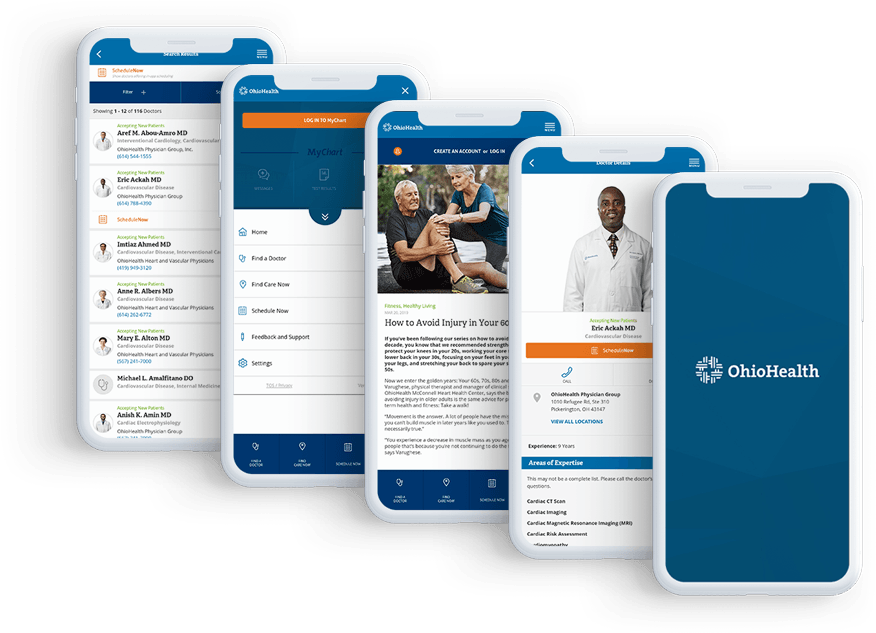
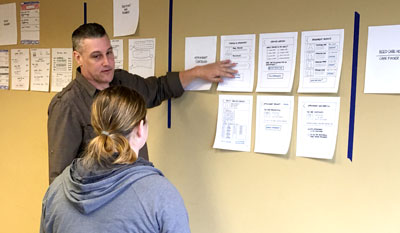
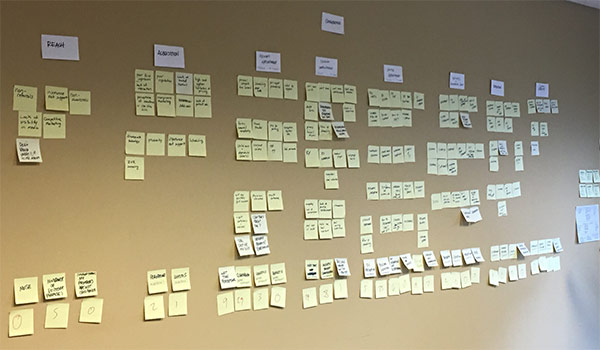
After we discovered the customer's pain points around specific healthcare issues, we created paper mock ups of solutions and validated those concepts with real users through face-to-face testing. At the end of the testing, we were able to produce a backlog of user-validated features for OhioHealth's MVP.
ETHNOGRAPHIC RESEARCH
I've conducted thousands of tests with real users about their problems, concerns, desires and aspirations. For me, user testing is essential to the design process - otherwise, you're just guessing. I have seen so many teams waste several months and hundreds of thousands of dollars that could have been spared with just a couple of days of user interviews. There's no better way to ensure that you're building the right product than simply talking to the potential customers that will use that product.
Case study

Judicial Information Services has provided the Michigan Courts with their court management software for almost two decades. That software was a DOS-based green screen application with keyboard-only input. A few years ago, JIS spent several millions of dollars trying to roll out a windows-based version of the application which was immediately rejected by their user-base. Using the new mouse/keyboard application was tedious for these users used to hotkeys and muscle-memory input.
With this in mind, my team launched a series of Ethnographic activities with the users. We sat directly with the court workers and judges and observed how they accomplished their daily tasks, the work-arounds they created for the shortcomings of the old software, and listened to their wish-list of features they wanted in future versions of the software.
Using this new information, we were able to bubble up a set of features that solved the users concerns, while still allowing us to add new features.
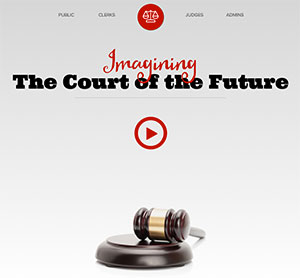
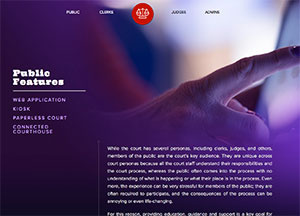
CONCEPT COMMUNICATION
A big part of design is advocating a well-researched solution to a larger audience - this can be to a group of investors, senior leadership, a user base, or an entire industry. The ability to summarize concepts efficiently and communicate the reasoning behind the solution is an extremely valuable skill to have a designer.
Case study

York RSG is an insurance claims organization. I was brought in to look at how claims were currently processed and to find digital solutions to optimize their workflows.
After months of internal research, including competitive analysis, ethnographic studies, persona building, and hundreds of interviews with users and stakeholders, I conducted a Discovey Sprint. It was during that sprint some interesting concepts emerged.
I took those concepts and brought them in front of actual claim's adjusters in one-on-one user interviews to get the user's feedback and validate the concepts.
Afterwards, I prepared a short video outlining the concepts we were moving forward with so that the broader organization had some visibility into the solutions.
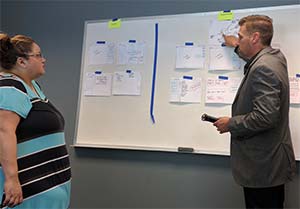
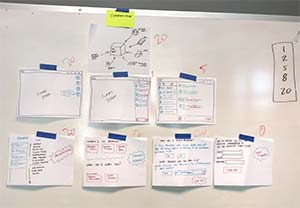
COMPETITIVE RESEARCH
Sometimes simply understanding the user's needs is not enough. Almost certainly there are other companies trying to solve the same problem so discovering the strengths and weaknesses of those approaches is crucial to designing an effective strategy. The beauty of competitive analysis is it allows the company to jump ahead of their competitors by doubling down on what's working while not wasting resources on what's not. I'm a strong advocate of using Funnel Hacking (which is a Growth Marketing strategy) and applying it to design to create iterative strategies.
Case study

Shorelight Education is a mult-million dollar startup in the international higher education market. I was brought onboard as an early team member to help with digital strategy. One of my tasks was to do a competitive analysis of Shorelight's main competitors' digital presence. To that end, I created a brief describing the competition's go-to-market strategies, including the strengths and weaknesses of their approaches. Shorelight used this information to help define its digital presence in the early stages of its market presence.
After months of internal research, including competitive analysis, ethnographic studies, persona building, and hundreds of interviews with users and stakeholders, I conducted a Discovey Sprint. It was during that sprint some interesting concepts emerged.
I took those concepts and brought them in front of actual claim's adjusters in one-on-one user interviews to get the user's feedback and validate the concepts.
Afterwards, I prepared a short video outlining the concepts we were moving forward with so that the broader organization had some visibility into the solutions.
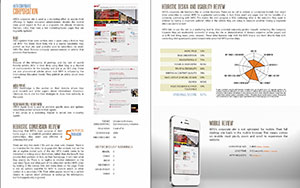
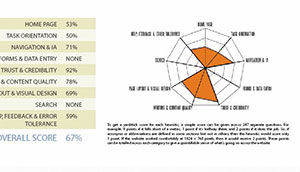
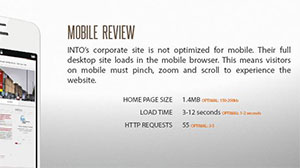
“We would like to thank Schonne for the outstanding work he has done for us. We gave a very unclear brief with very tight time constraints and the he delivered not only early but with a product and package that by far exceeded our expectations. He worked very professionally. with fantastic input, inspiration and guidance, from initial concept through design, development to launch. Following on from this the after launch care has been second to none and he's still now helping with new ideas and support. I welcome any contact from potential customers should they wish to verify this and would like the chance to thank Schonne personally.”
PERSONAS / JOURNEY MAPS
Persona generation has become really popular in UX, but many designers do them incorrectly. I've walked into projects where the UX team has dozens of personas covering every conceivable scenario. The other mistake I see over and over are personas that aren't validated: they've never been vetted against real users to see if they are correct. Stakeholders will drive the persona generation and often they're wrong.
Case study
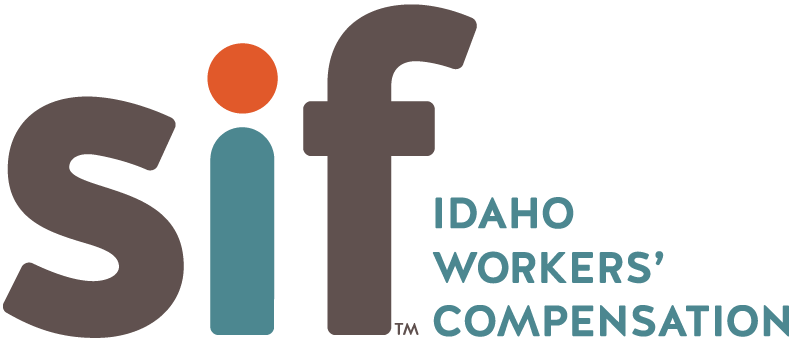
SIF was working on an internal app using a combination of Salesforce's Lightning Design and Vlocity.
Part of the initiative was go build out personas for each of the user-types. This included several one-on-one interveriews designed to create validated personas that could be used to create solutions.
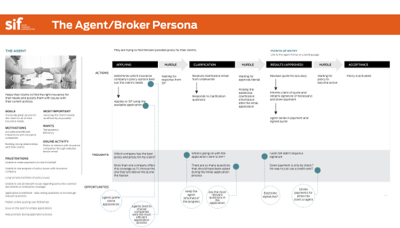
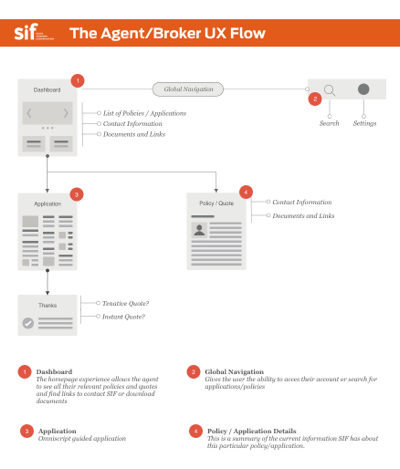
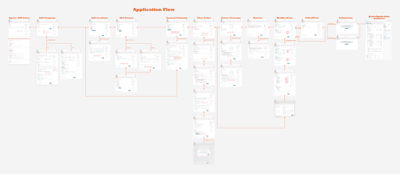
STRUCTURED IDEATION
Probably my favorite part of the UX process: Structured Ideation is brainstorming on steroids. It's using a handful of specific techniques to bring to light some deep-rooted concepts and features around a product. It's usually done once the user and business needs are defined so they can provide some constraints and context to the session.
I've seen some incredible next-generation features and products emerge from a well-run Ideation session. Most participants leave these sessions incredibly excited and optimistic about their solutions to the problem they're trying to solve.
After ideation, I'll usually begin the process of validating and refining the features and concepts through user and stakeholder validation.
Case study

When AEP approached my team about creating their consumer-facing app, they already had their internal UX team create many of the initial design concepts. Our challenge was to validate their assumptions and generate new, out-of-the-box ideas that they may not have yet discovered.
To do this, we took some of the customer problems the AEP were trying to solve with the app and ran a structured ideation session around these features. We did this using the How Might We exercise to rapidly brainstorm concepts around each problem. We followed that up with a technique we invented called Shark Tank which is a variation on the Create a Concept exercise with a little competition thrown in.
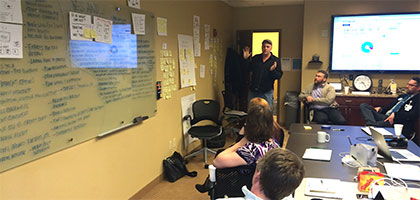
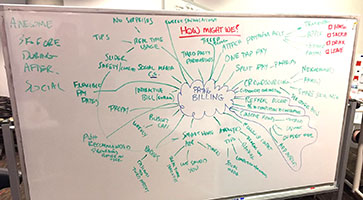
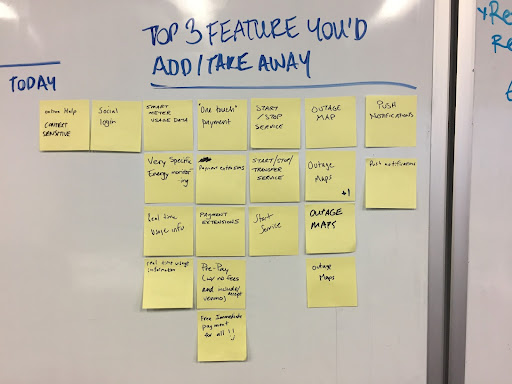
VISUAL DESIGN
Visual Design has a place in User Interface design - its purpose is to evoke an emotional response in the user. Since UI is about solving problems, visual design is often used to signal to the feeling of safety, empathy or certainty - especially if the problem facing the user has emotional weight.
Case study

eFuneral is an experimental startup attempting to create a platform for ecommerce funeral services. My job was to add visual design to their bare-bones application. Initially they had a clunky onboarding flow that I visually refined.
However, when I began usability testing, many users complained that the site was too stark and cold. Funeral services are highly emotional purchases, but the site didn't acknowledge that fact. I then added the poetic symbol of a dandelion blowing in the wind to the interface and subsequent user feedback was extremly positive - the users were delighted.
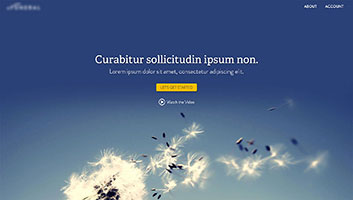
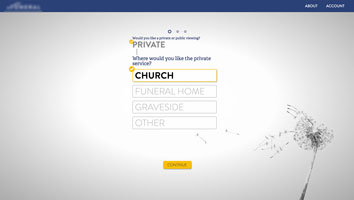
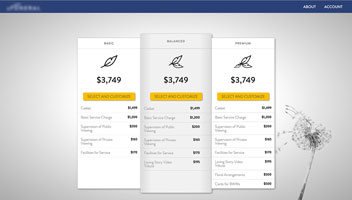
USER INTERFACE DESIGN
User Interface Design is about solving problems using an interface. This is a very different skill from creating a responsive website. UI Design is about reducing cognitive load for the user by helping them solve their problem intuitively.
Case study

Ford brought my team on to help them build a command center to help manage their autonomous vehicle initiative. My task was to display several data streams in a cohesive way.
Anyone who's ever designed an analytics dashboard know that it's one of the most difficult UI challenges there is for a designer. Tackling visualizations in a logical an intuitive way that makes sense can be challenging.
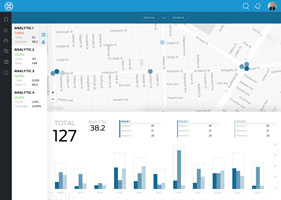
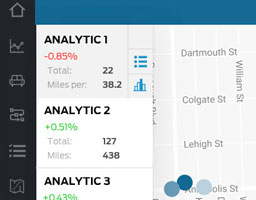
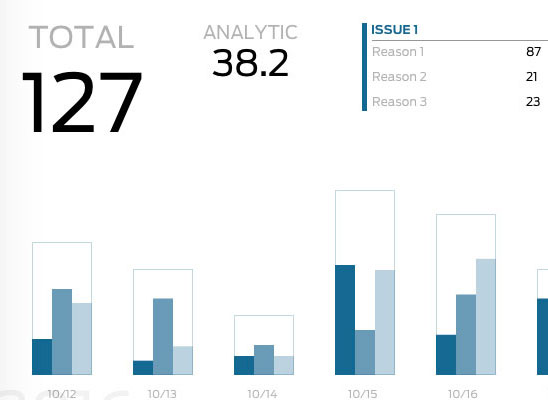
INTERACTIVITY
Interactivity should be used to help tell the story of the interfact to the end user. It's more than eye candy - it can help guide a user to be more efficient and help them make better decisions.
Case study

Franklin University's BlueQuill product is an LMS they created in-house. I was brought in to do lead front end development and design. The team at Franklin University gave me a lot of freedom to push the limits of interactivity within their webapp. This included a messaging widget, grading flow, and the creation and management of academic groups.
The images below are screenshot of actual working code in HTML/CSS/JS.
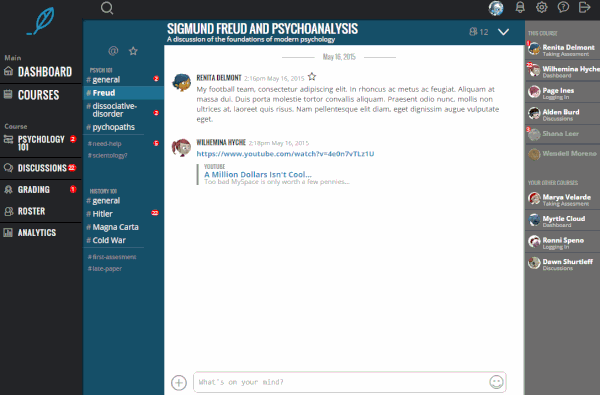
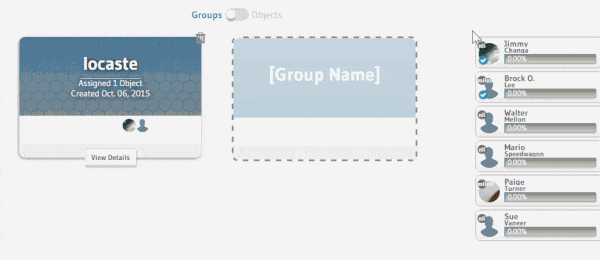
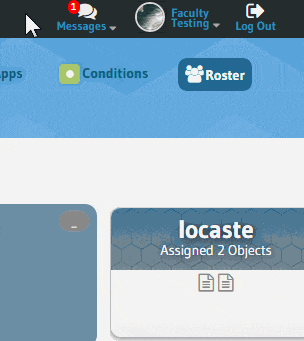
 Dribbble UI portfolio
Dribbble UI portfolio See Salesforce Case Studies
See Salesforce Case Studies
